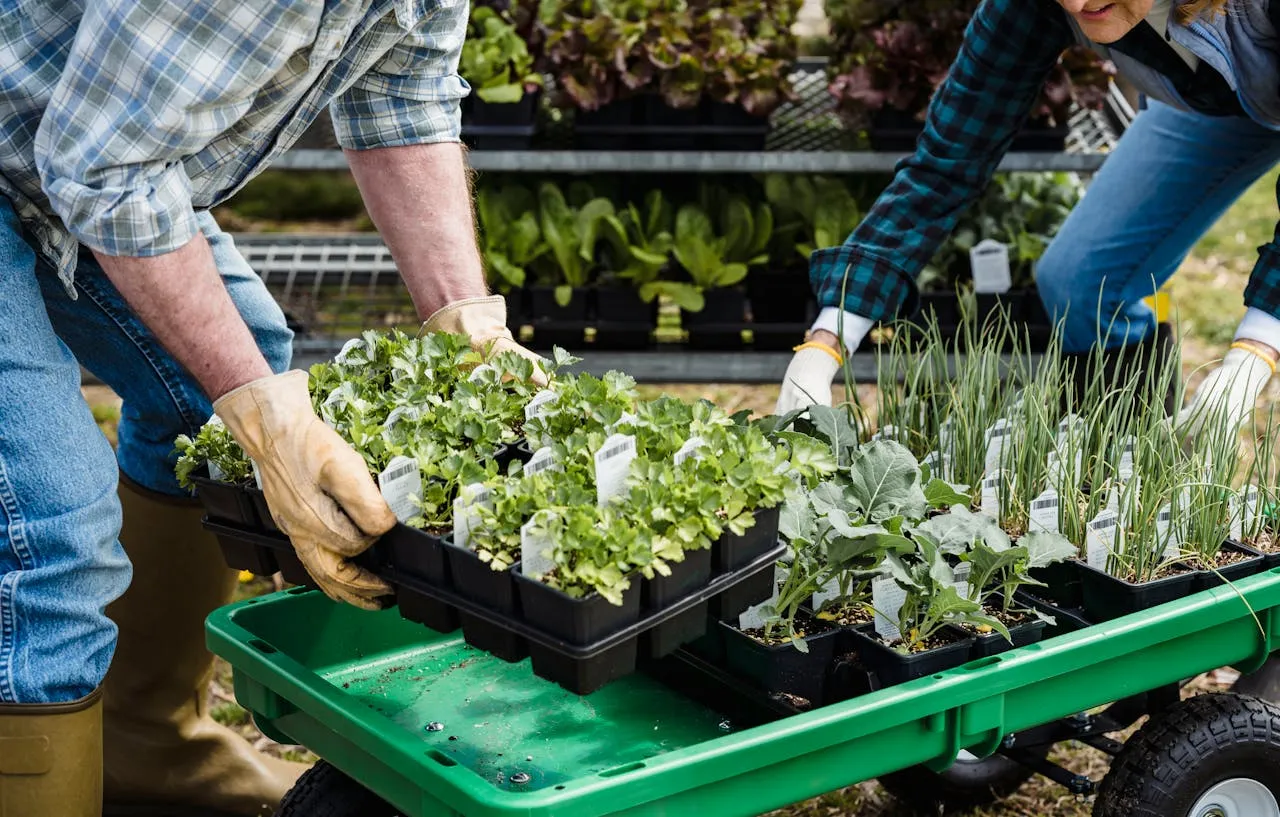
The report titled “Bio-Isobutene Market – A Global and Regional Analysis, 2024-2034: Focus on Application, Product, and Country-Wise Analysis” has been added to ResearchAndMarkets.com. The Global Bio-Isobutene Market is projected to grow from $3.5 million in 2024 to $74.5 million by 2034, reflecting a CAGR of 35.8% over the forecast period.
Increasing demand for sustainable and renewable chemical alternatives, along with advancements in production technologies, is driving significant growth in the global bio-isobutene market. Companies like Global Bioenergies are enhancing processes for bio-isobutene production, effectively leveraging existing fermentation infrastructure to generate large quantities of this chemical. As a result, bio-isobutene is being utilized in various industries, including fuels, plastics, rubbers, and cosmetics, with a focus on sustainability and a low carbon footprint. Regulatory incentives and rising consumer demand for eco-friendly products are further propelling the bio-isobutene market, facilitating the transition toward a more sustainable chemical sector.
The future of the bio-isobutene market appears promising, bolstered by key factors such as the potential for scalability and cost-effectiveness in production. Increased awareness of sustainable practices and government support is also expected to drive growth. Innovations in biotechnological processes and the emergence of new applications for bio-isobutene will attract further investment, positioning it as a critical component in reducing environmental impacts and advancing the bio-based economy.
Dominance of Bio-Based Cosmetic Ingredients
The bio-based cosmetic ingredients segment leads the bio-isobutene market, driven by consumer demand for natural and sustainable products. The cosmetics industry is shifting toward environmentally friendly materials due to regulatory pressures and growing environmental consciousness among consumers. Bio-isobutene, sourced from renewable resources, offers a sustainable alternative to petrochemical-based ingredients, minimizing the environmental impact of cosmetics. Companies like Global Bioenergies are at the forefront, enhancing the natural content of cosmetics without compromising performance attributes like durability.
Growth of Sugar Beet and Cane-Derived Segment
In 2023, the sugar beet and cane-derived segment dominated the global bio-isobutene market, benefiting from high yield efficiency and sustainability. These feedstocks are rich in fermentable sugars, making them ideal for bio-isobutene production, which helps reduce costs and increase output. Advances in agricultural practices and genetic modifications have improved the production and durability of these crops, enhancing their viability as feedstocks. The established market and strong supply chain for sugar-based products further facilitate integration into existing industrial processes.
Regional Insights
Europe has emerged as the fastest-growing market, with a CAGR of 41.42%. The region is witnessing increased bio-isobutene adoption due to well-developed manufacturing infrastructure and key players like Global Bioenergies, the only company globally capable of producing bio-isobutene. Among European countries, the Netherlands is expected to exhibit the highest growth rate in the bio-isobutene market, benefiting from robust government support and innovative companies.
Recent Developments
In January 2024, Global Bioenergies partnered with Shell to advance low-carbon road fuel development. This collaboration aims to focus on a streamlined production pathway, building on their previous exploratory stages. Additionally, in October 2023, Global Bioenergies received €16.4 million ($17.7 million) from the French government to finance the world’s first bio-sourced isobutene plant, expected to produce 10,000 tons annually by 2027. The company is also accelerating the ramp-up of production facilities to meet the growing demands of the cosmetics sector.
Market Drivers and Challenges
Environmental regulations are significant drivers for the bio-isobutene market, fostering a favorable economic and legal environment for bio-based products. For instance, the EU’s renewable energy directive mandates a minimum of 14% renewable energy in transportation by 2030, promoting the development of biofuels like bio-isobutene that can lower carbon emissions.
However, high development and production costs remain a substantial challenge. The complex biotechnological processes required to convert renewable feedstocks into bio-isobutene entail significant research and development investments. Global Bioenergies exemplifies these challenges, having invested heavily in advancing its unique fermentation technology while striving to scale up to commercial production levels.
Opportunities in Circular Economy
Integration with circular economy initiatives presents significant market opportunities for bio-isobutene producers. The principles of sustainable resource use align well with bio-isobutene manufacturing, which can utilize waste materials from various sectors. For instance, Enerkem’s method of converting municipal solid waste into syngas for bio-isobutene production demonstrates the potential for addressing waste management issues while creating valuable chemical products.
Competitive Landscape
The report profiles key players in the bio-isobutene market, highlighting established companies and emerging startups. In 2023, established players dominated the market with a 98% share, while startups captured the remaining 2%. As industries increasingly focus on sustainable solutions, new entrants are expected to emerge in the bio-isobutene market.
Key Report Attributes
- Pages: 94
- Forecast Period: 2024 – 2034
- Estimated Market Value (2024): $3.5 million
- Forecasted Market Value (2034): $74.5 million
- CAGR: 35.7%
- Regions Covered: Global
For more detailed insights, visit ResearchAndMarkets.com.




